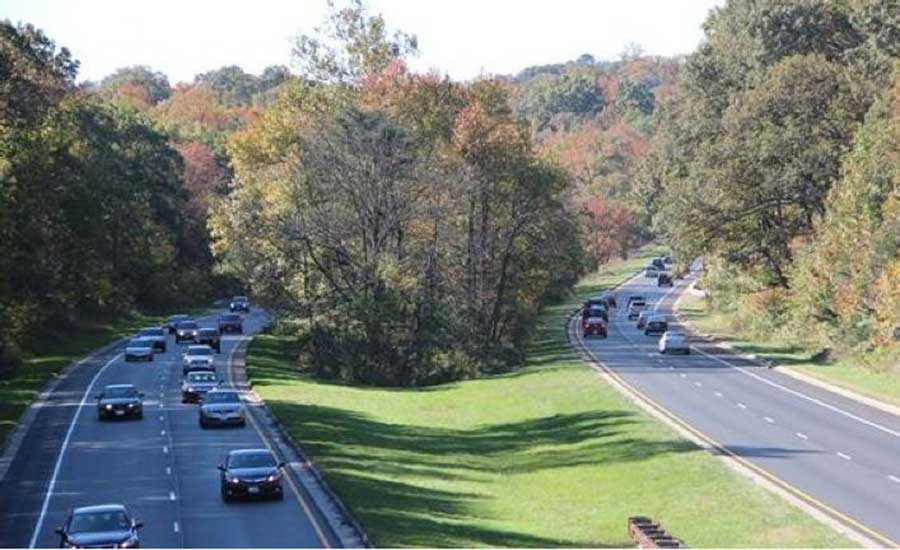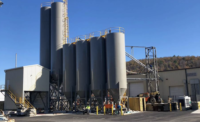Maryland Gov. Larry Hogan (R) has announced a $9-billion plan to add toll lanes to three major highways in the area between Baltimore and Washington, D.C., using a public-private partnership to carry out $7.6 billion worth of the work.
The proposal, which Hogan unveiled on Sept. 21, calls for adding four new express toll lanes to the 42-mile Maryland stretch of the Capital Beltway, or I-495; Interstate 270, which runs from the beltway through the northwestern suburbs of Washington, D.C.; and the Baltimore-Washington Parkway, or Maryland Route 295.
The largest element in the plan would be the beltway-widening, the cost of which is estimated at $5.91 billion. That job would include adding lanes to the American Legion Bridge across the Potomac River.
The I-270 project would cost $1.67 billion, and the Baltimore-Washington Parkway portion of the plan would cost $1.48 billion, the state estimates.
In a statement, Hogan touted the plan as "absolutely transformative," saying it "will substantially and dramatically improve our state highway system and traffic in the region."
Maryland Transportation Secretary Pete Rahn told ENR in an interview that the Washington, D.C., area has been rated the most congested area in the U.S. "So a big problem means we need a big solution," Rahn says.
The state plans to use a P3 for the beltway and I-270 expansions, pegged at a combined $7.58 billion. That would represent the largest highway P3 in North America to date, according to state officials.
Deron Lovaas, Natural Resources Defense Council senior policy adviser, says, "I was floored by the boldness of it and I also had, and still have, a ton of questions about how real it is and what the details are."
Lovaas adds, "Finding the space for four lanes for each of these [highway] facilities is going to be challenging at best. And you also end up with additional potential traffic problems, including more air pollution [and] more water pollution." He says that "it would take quite a toll on Marylanders.'
Lovaas says adding highway capacity can produce benefits but also result in "induced demand." He says, "You could end up generating a lot more traffic and, over the long run, ending up in a similarly congested spot to where we are now in just...a decade or two."
More specifics should emerge in the next few months. The Maryland Dept. of Transportation has issued a request for information from private firms interested in submitting proposals for the P3, which would entail designing, building, financing, operating and maintaining the new beltway and I-270 lanes.
Responses are due by Dec. 20. The state DOT emphasizes that the document isn't a formal solicitation.
Rahn says, "I think we're going to have huge interest in this, and I think we're going to attract a number of international players." He adds, "This is a project that I think has elicited an awful lot of wows as people have seen it."
Rahn notes that, at this point, Maryland doesn't expect to use other state or federal highway funds for the new highway plan, except for "putting together the procurement process."
The state does anticipate making cash payments on portions of the projects and using "surpluses from one [highway section] to fund gaps that might or, we totally expect, will occur on other sections," he adds.
The National Park Service, part of the Interior Dept., manages the 29-mile parkway's southernmost 19 miles. The department would have to agree to transfer to Maryland authority over that segment. Further, the shift would require congressional approval, Rahn observes.
Maryland has built express toll lanes before. In December 2014, it opened such lanes on a stretch of I-95 that runs northeast from Baltimore.
Story updated on Sept. 25 with additional details on the plan and the Maryland DOT Secretary Pete Rahn and NRDC Senior Policy Adviser Deron Lovaas interviews.




Post a comment to this article
Report Abusive Comment